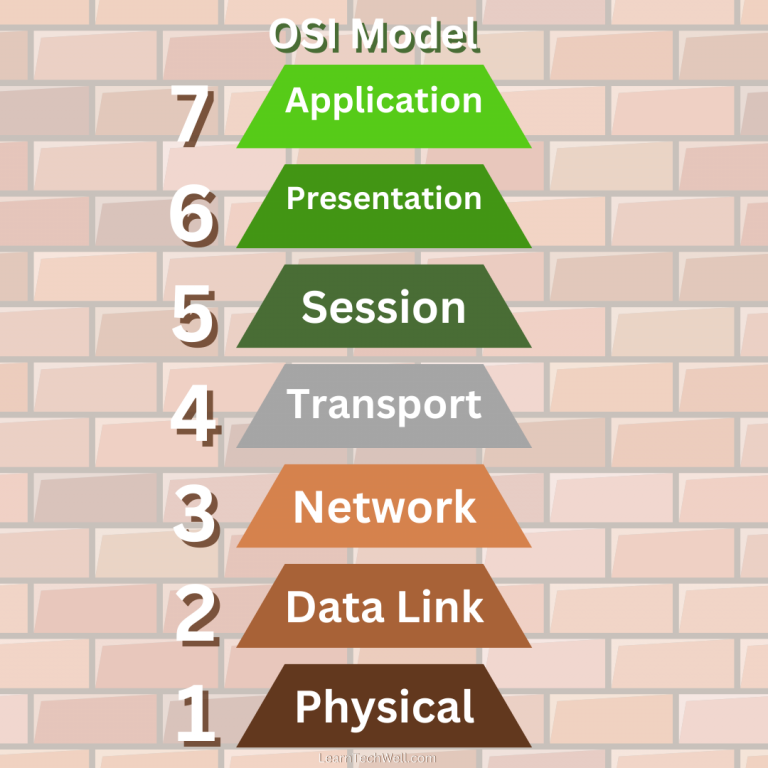4 Mock Live Coding Interviews in 46 Hours
The Problem: A live pair coding interview is scheduled in 46 hours. I’ve never done any live coding.
The Solution: Complete 4 mock interviews within this time frame and then succeed in the real interview. The preparation allowed me to walk into the real interview with confidence, avoid technical glitches, and effectively demonstrate my skills.





